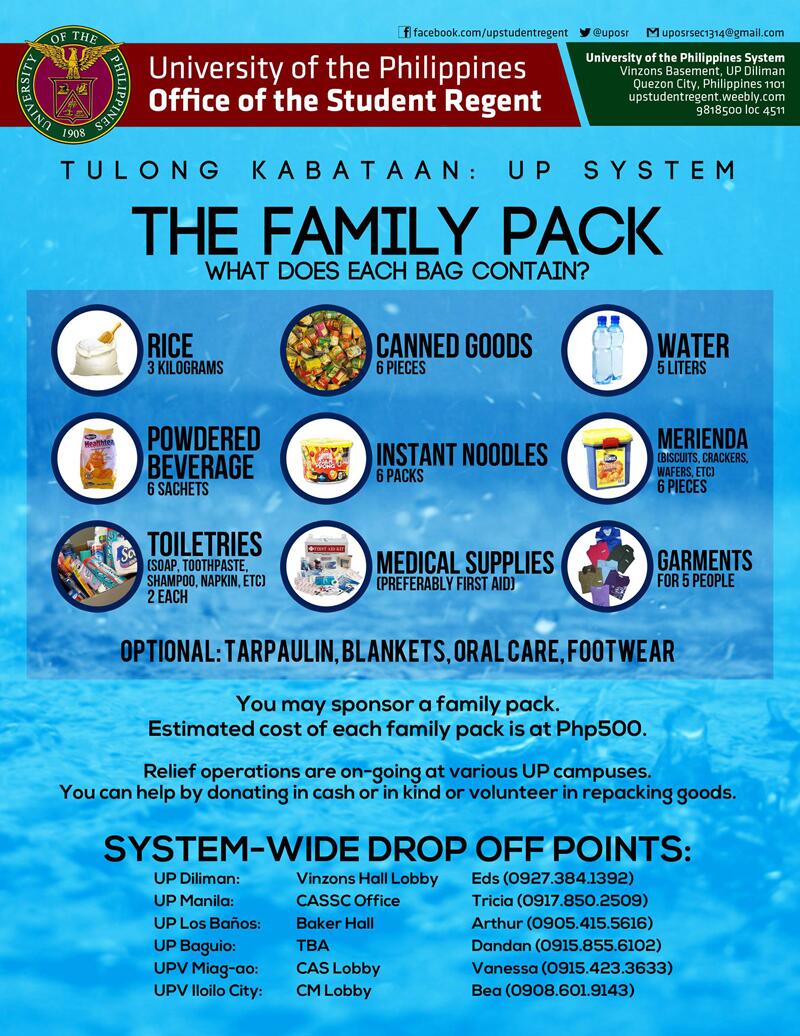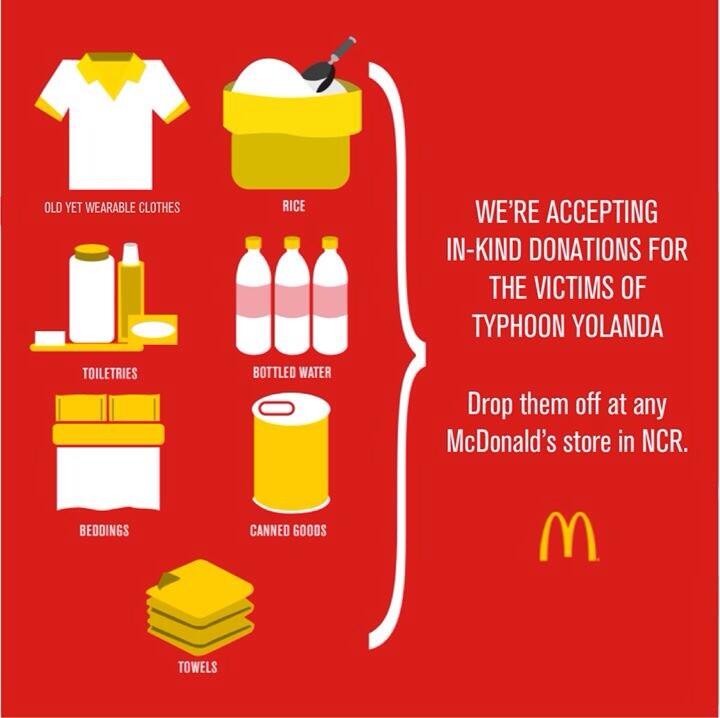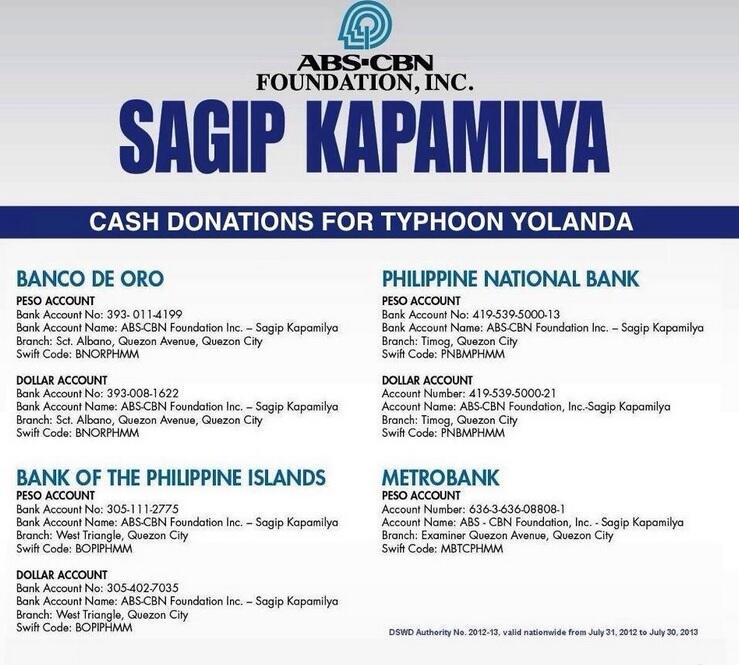Just a few days ago, a new typhoon started making the headlines of most of the newspapers here in the Philippines. It was christened as Typhoon Yolanda, internationally known as Typhoon Haiyan. It made landfall on the eve of November 6 in the Visayas region, placing a number of regions and islands under threat.
Strongest Typhoon
Every year, the Philippines is afflicted with several typhoons, causing rains, floods and strong winds. But this typhoon was an extremely large supertyphoon, with a diameter of about 600 kilometers. Making it the largest the Philippines has experienced. Below is an image to help you better picture how big this supertyphoon is and how much damage it has caused.
 |
A satellite view of Yolanda.
From: gmanetwork.com |
Since its landfall just this Wednesday, Yolanda had increased in intensity, becoming a Category 5 hurricane, the highest category in the Saffir-Simpson hurricane scale. Those that fall under this category have winds that are greater than 252 km/h. In 2005, meteorologists suggested the creation of a sixth category. This suggestion was put down due to the very few typhoons which would be eligible to be in this category.
According to the Joint Typhoon Warning Center (JTWC), upon landfall Yolanda's winds packed an average of 315 km/h, making it one of the worst typhoons in the history of the world. In contrast, Typhoon Tip (international code
Warling), the then-strongest tropical cyclone, had winds with an average of 305 km/h. Imagine that. Had the sixth category been created, Yolanda would be among the few in that category.
Typhoon path
 |
Yolanda's path in the Philippines.
From: newsinfo.inquirer.net |
As you can see in the picture on the left from newsinfo.inquirer.net, the National Capital Region was not as severely affected as the regions in the south. We in the Metropolis are blessed to have only experienced a signal number 1 (following the Philippine Public Storm Warning Signals System) condition, as detailed by the Philippine Atmospheric, Geophysical and Astronomical Services Administration - Department of Science and Technology (PAGASA-DOST) website:
"... only very light or no damage at all may be sustained by the exposed communities."
Intensity and Onslaught
 |
This gif shows the intensiy of Yolanda as it enters the PH.
From: qz.com and ssd.noaa.gov |
In the severely-ravaged areas, telephone lines went down, but luckily cellphone signals have been re-established in some of the afflicted regions.
Bohol, which is just recovering from a devastating earthquake just last October, was one of the areas severely afflicted. Aside from the shortage of water and electricity as a result of the natural disaster, relief operations were affected by the supertyphoon and supply lines became increasingly limited, most flights carrying relief goods being cancelled or postponed. According to the news, it will take approximately 2 months for Bohol to have electricity, it's supply coming from an equally-ravaged Leyte.
I recently watched a news forecast from Tacloban City in Leyte, one of the most severely damaged areas, and it was disheartening. A three-story building was destroyed and washed away, a hospital had zero survivors, houses, schools and trees were washed away and dead bodies were floating in the murky water. I was near tears at seeing the corpses being hauled away by grieving relatives and friends. Mind you, these corpses were not just from the water and just happened to wash up, these corpses were also from homes, schools, hospitals and public buildings.
There was even one mother who was in a daze, carrying the body of her dead child. She was wading to a shelter, when the waves tore the body of her child from her arms. It was heart-breaking.
At around 2:30 in the afternoon, Yolanda exited the Philippine Area of Responsibility. But several coastal areas in the Visayas and Mindanao region are experiencing a storm surge. This is characterized by mini tsunamis that, by batch, smash into the land, washing away structures, trees and vehicles. Many residents are trapped in their homes and in public buildings, fearing the relentless waves.
In other areas, citizens have forcefully opened grocery stores and shops, grabbing as many supplies as they can, causing even more panic among the populace.
How you can help
In Visayas and Mindanao, areas are slowly getting back on their feet. Supplies and relief goods are trickling in the afflicted areas, but they are not enough.
Bohol and Leyte are just two of the many areas affected by Yolanda. There are thousands of displaced evacuees and millions of pesos worth of damaged property. If you have the capacity, I strongly urge you to donate what little you can, in cash or in kind.
If you would like to make a pledge, please call any of the following relief hotlines:
- (632) 411-0183
- (632) 411-0182
- (632) 411-0115
- (632) 411-0014
- (632) 411-0013
If you would like to donate directly to the Sagip Kapamilya (an emergency assistance program) headquarters, they are located in #13 Examiner St., West Triangle, Quezon City (hotline:
(632) 411-4995). Additional details can be found in their website:
http://www.abs-cbnfoundation.com/sk/
If you live near the Diliman area in Quezon City, the University of the Philippines Office of the Student Regent and Student Council are accepting donations such as but not limited to the following:
- Canned goods or packed food
- Instant noodles
- Rice
- Bottled Water
- Medicine and First Aid
- Clothes and toiletries
- Blankets
The following are posters with additional details. Please click if you wish to enlarge.
 |
| The UP University Student Council (left) and Office of the Student Regent (right) posters for relief goods. |
If you would like to make a donation or be a volunteer for repacking but cannot go to the aforementioned places, please contact your local government officials on how to help.
If you have relatives and friends in need of rescue, please call the DZMM Emergency Hotline (632) 416-6300.
If you cannot donate in cash or kind, prayers are greatly appreciated. Please, pray for our countrymen.
Sources:













